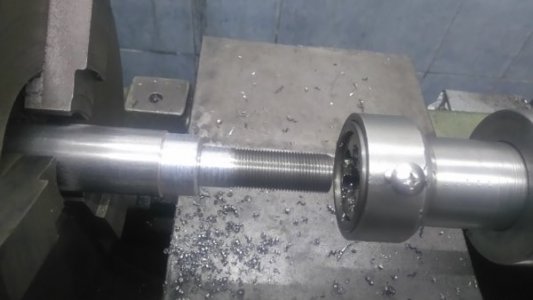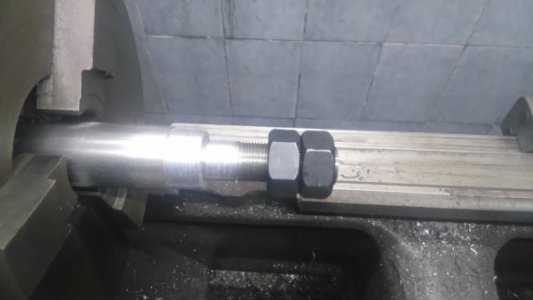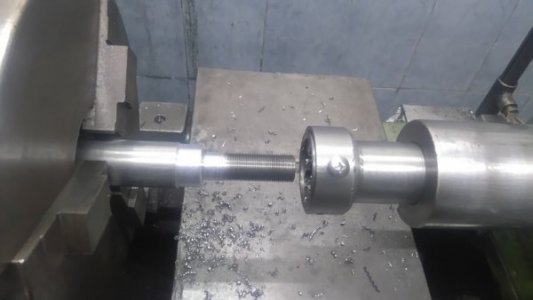- Joined
- May 4, 2015
- Messages
- 3,583
First I suggest you watch some boring being done on YouTube. Many good videos Ck abom79 , Keith Rucker , the lazy machinist .
Others there also but these do a bit better explaining.
And hi and welcome to the site. Your machining operations are not hard once you watch you'll understand better. Bronze is grabby but not hard to machine one suggestion I do know start with your largest drill bit over the usual small drill first. Brass and bronze will really grab when drilling a larger hole in a small starter hole. Try a scrap piece and see drill a 1/8" inch hole in a 1/2" deep then try a 1/2" drill bit and see what happens.
Others there also but these do a bit better explaining.
And hi and welcome to the site. Your machining operations are not hard once you watch you'll understand better. Bronze is grabby but not hard to machine one suggestion I do know start with your largest drill bit over the usual small drill first. Brass and bronze will really grab when drilling a larger hole in a small starter hole. Try a scrap piece and see drill a 1/8" inch hole in a 1/2" deep then try a 1/2" drill bit and see what happens.




